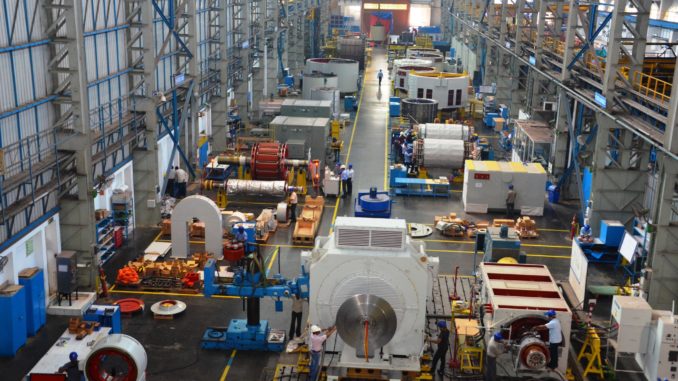When you are planning to start any business, for example, manufacturing toys, biscuits, shampoo, etc. the first thing you need is a handy business plan which will act a road map for your business; outlining how it will achieve its goals in the near future. A Business plan can be as short as a single page or even as long as 30-40 pages. You just need a business idea, understanding the market needs, and designing a few strategies to make your venture successful. So, what must a Business plan include?

Given below are a few points that must be included in a manufacturing Business plan:
- Company description: this forms the first section which includes company information like company name, company overview, who are the shareholders/directors/promoters of the company and their details, mission, vision, goals, objectives of the company, what is the business model, etc.
- Product/services: what are the products/services offered by the company, their features, and characteristics, how will they benefit and satisfy the demands of the audiences, what is the stage of product development, how is your product/service different from other competitors in the market, etc.
- Business overview: it includes what is the target geography and target market, market research, analyzing market size and market potential for the product/services offered by the company, analyzing the direct as well as indirect competitors present in the market, their offerings, strategies applied by them, strengths and weaknesses, etc. what are the prevailing industry trends, analyzing the external factors in the market; their effect on the business, studying the problems and extracting opportunities for the company in the market.
- Registration and legal details: this section includes all the legal permits and licenses required for starting a manufacturing company like company registration, PAN/TAN, Shop Act, MSME registration, NOC, certification from Pollution Control Board, government policies and subsidies available, food license in case of manufacturing food products, etc.
- Infrastructural and production plan: it includes all the details regarding the land and building, a list of all the machinery and equipment required, laboratory setup, plant layout, planning of production capacity, production planning, and control, manufacturing process, process flow, management of inventory, etc.
- Marketing plan: it outlines all the marketing strategies designed for creating product awareness among the target audiences, increasing the sales of the product/services, pricing strategies, positioning, sales strategies, etc.
- Financial plan: includes sources and uses of funds, financial projections, key assumptions, income statement, balance sheet, profit and loss account, monthly/quarterly cash flow statement, funding strategies, etc.
- Risk mitigation plan and obligations: lastly the risks that are identified and how to deal with them. Also, the obligations of a business towards the law, government, society, etc.
